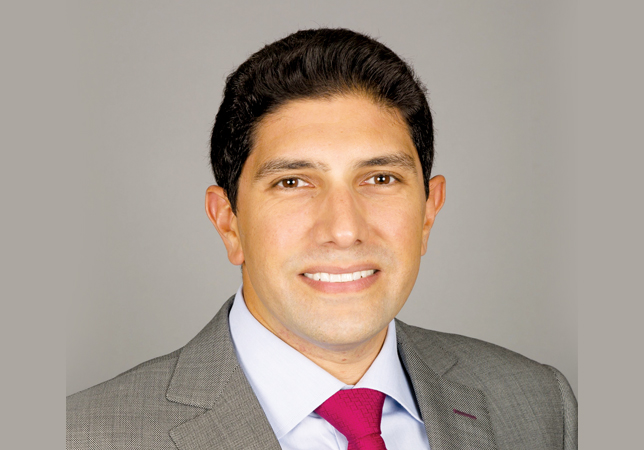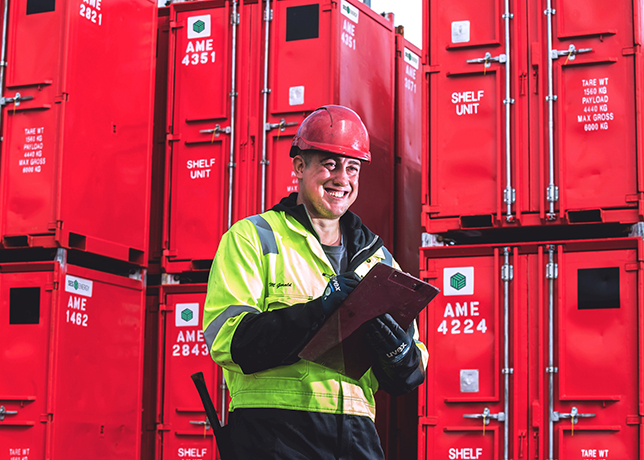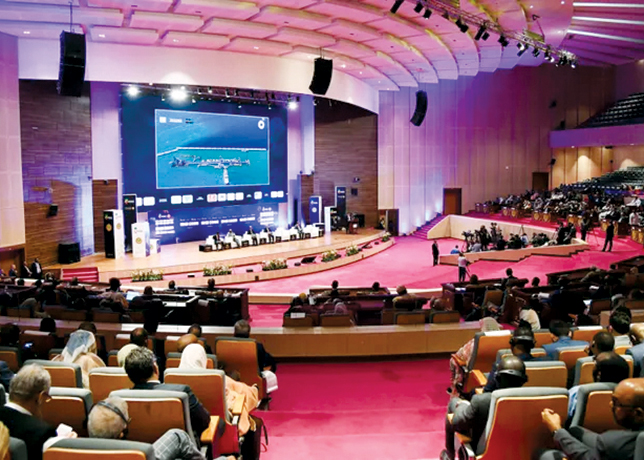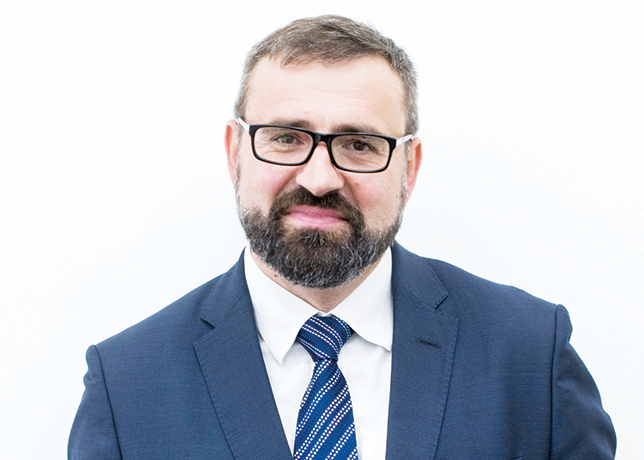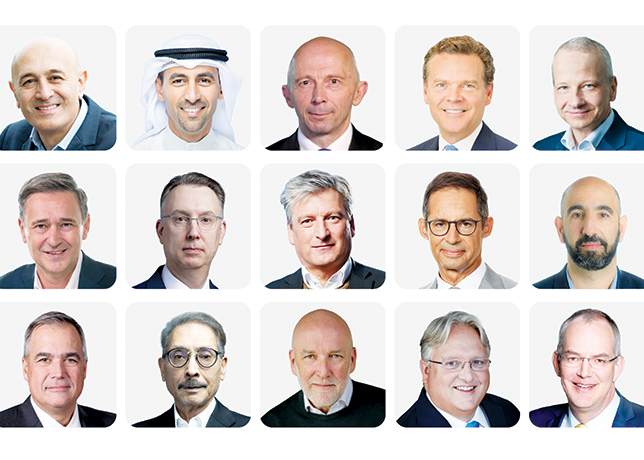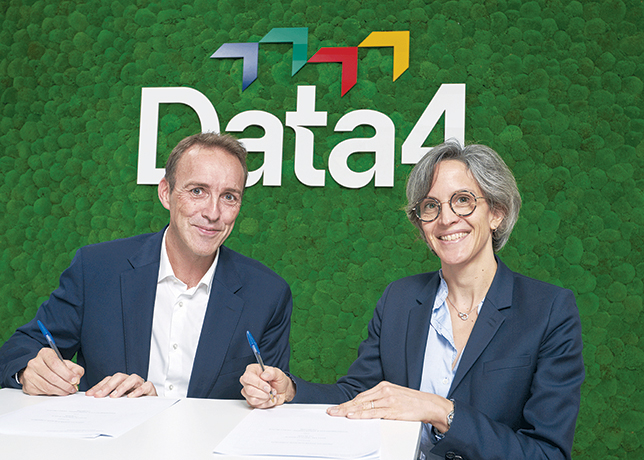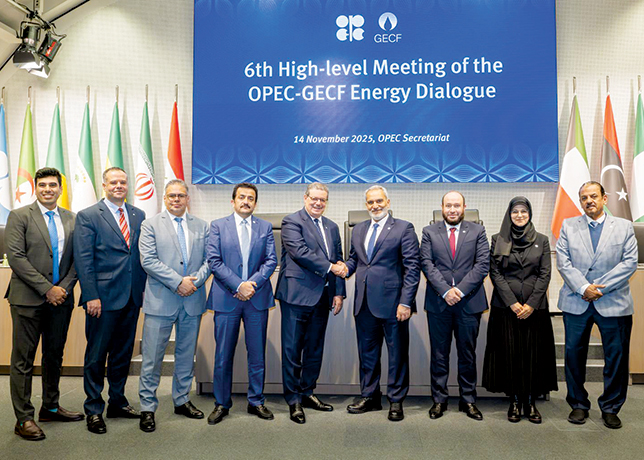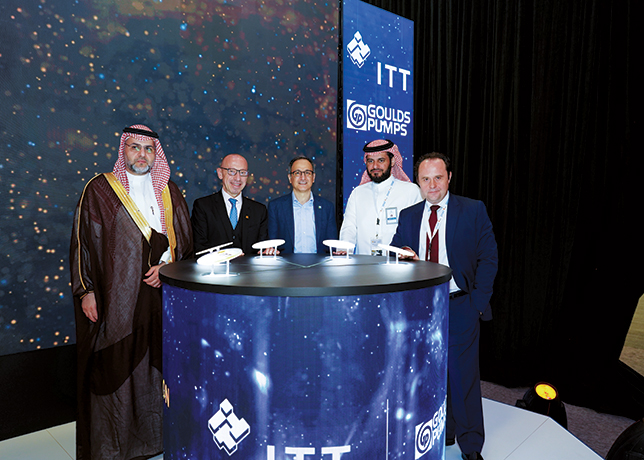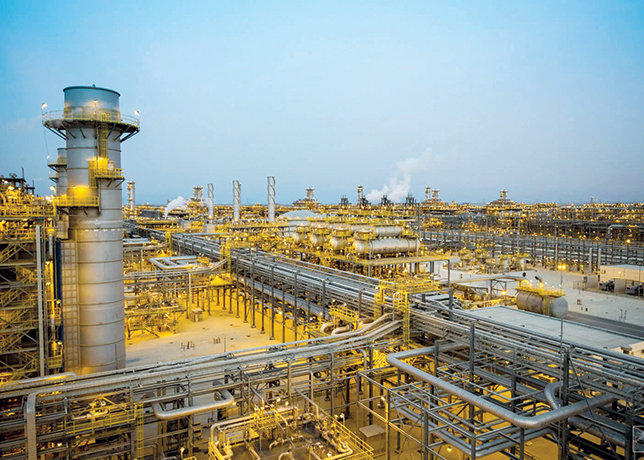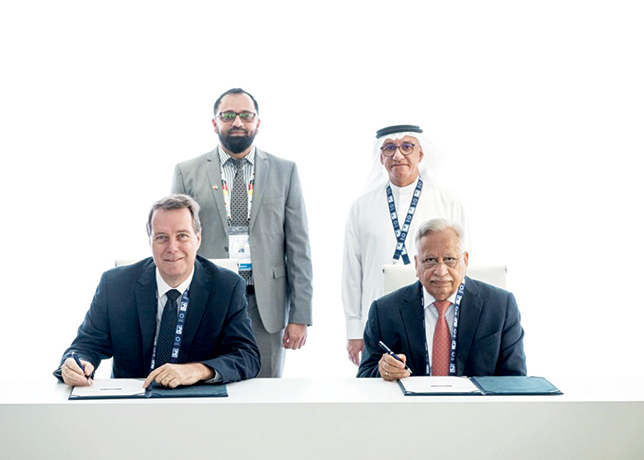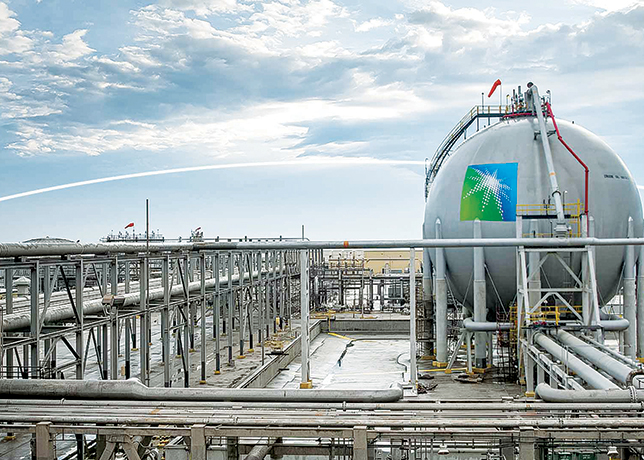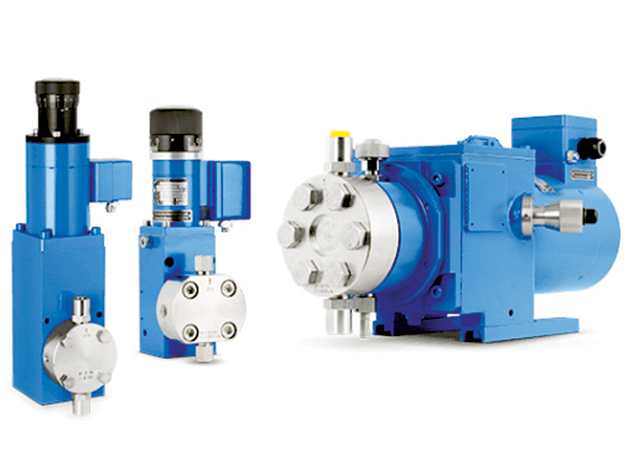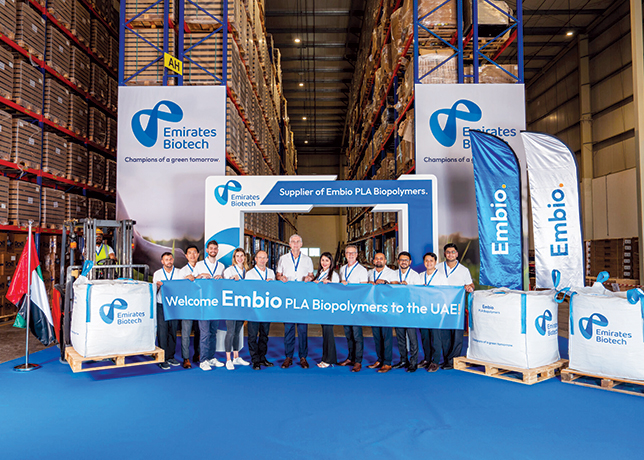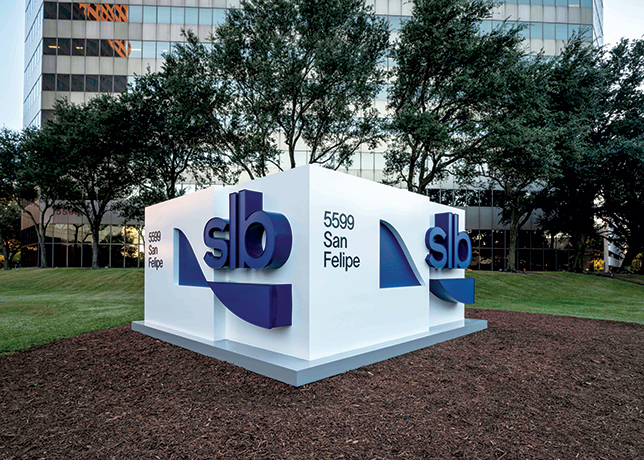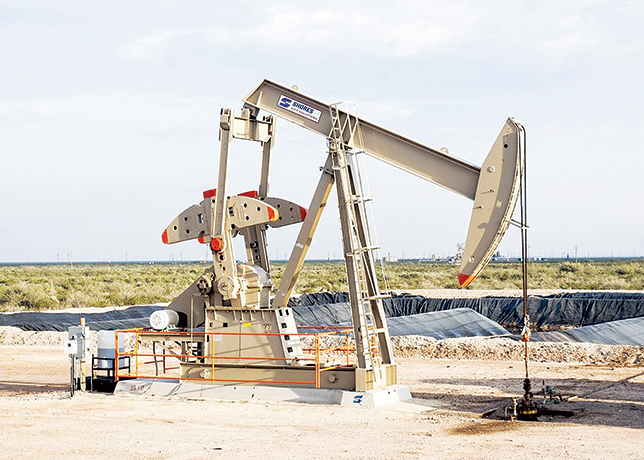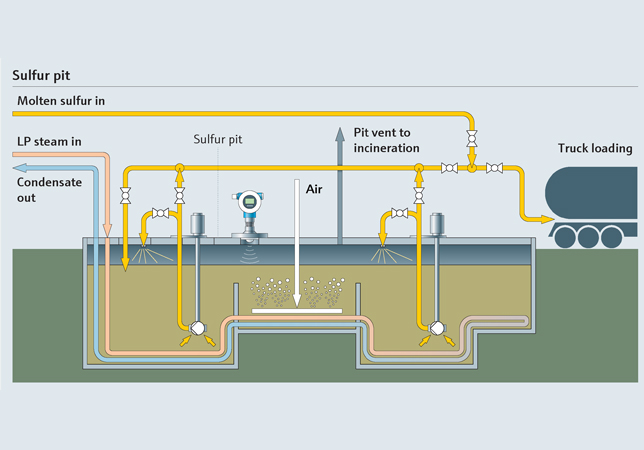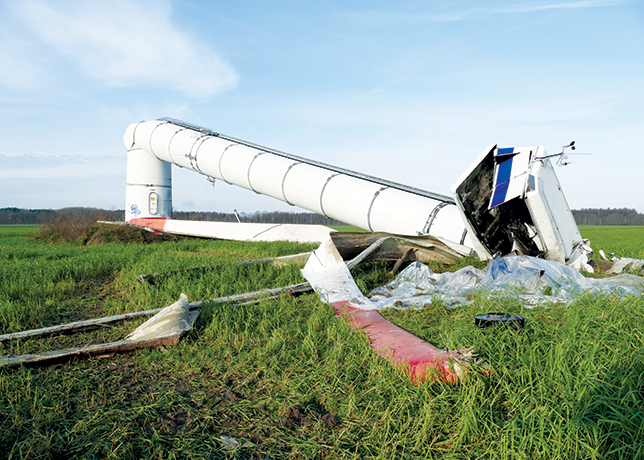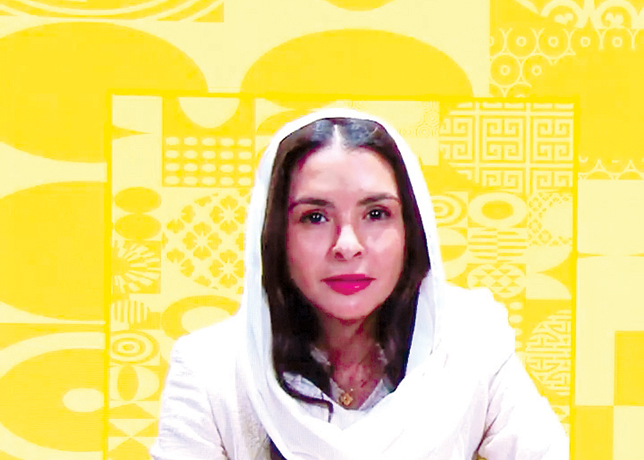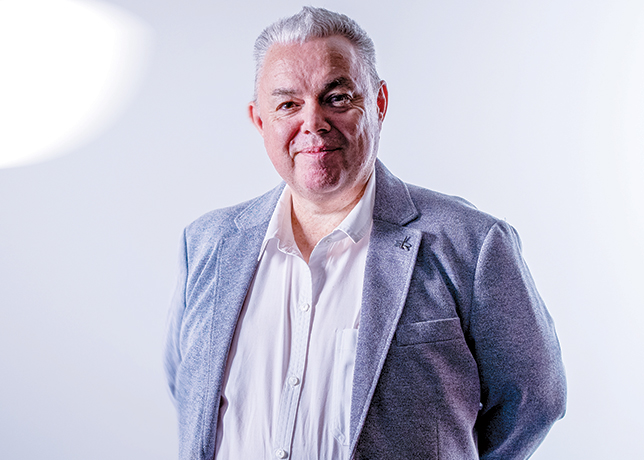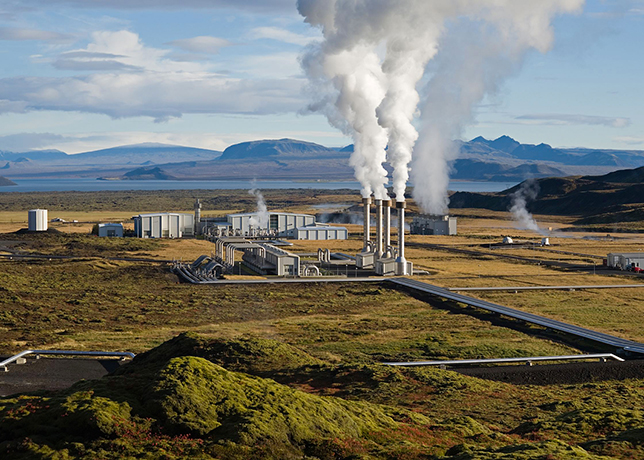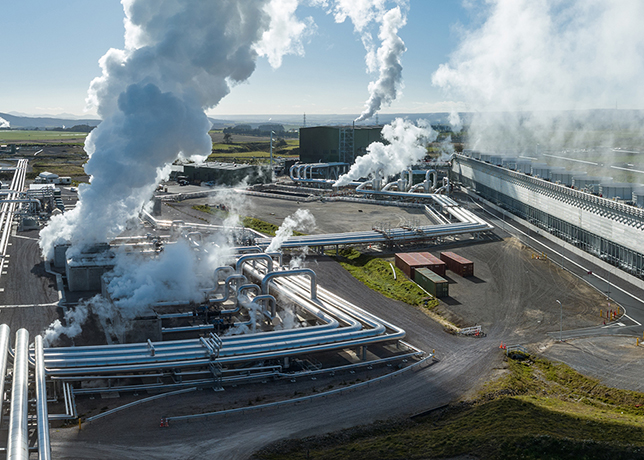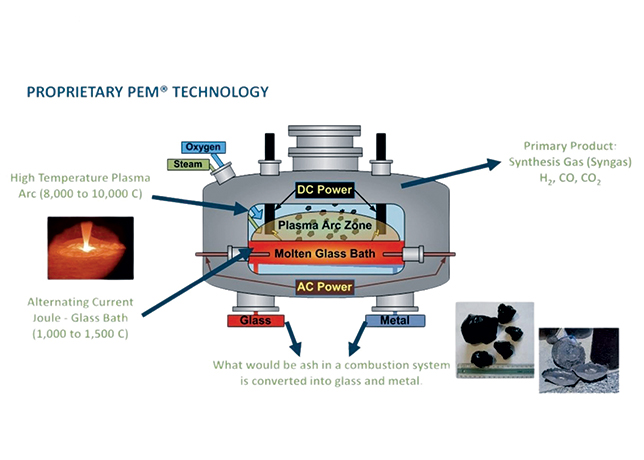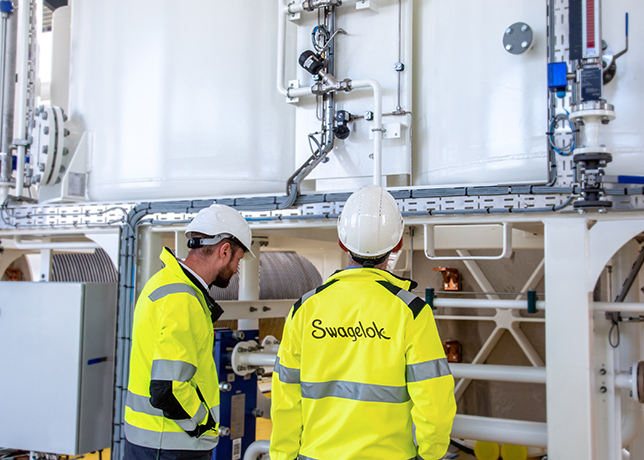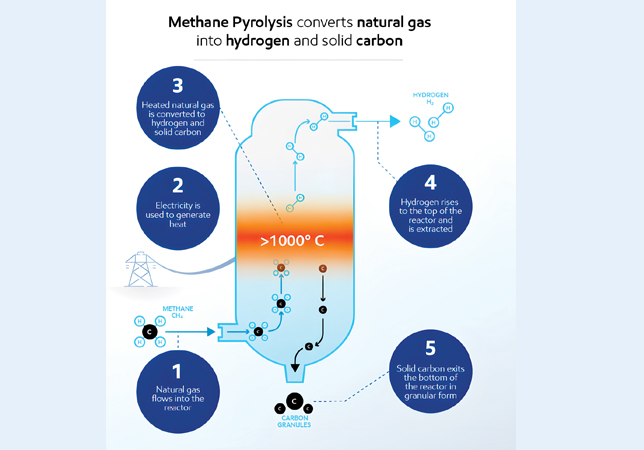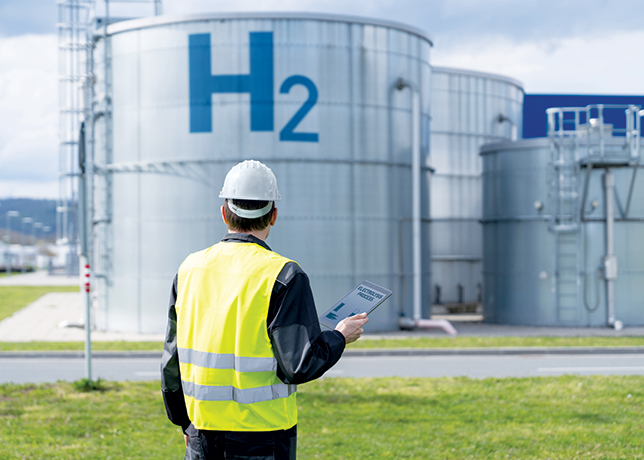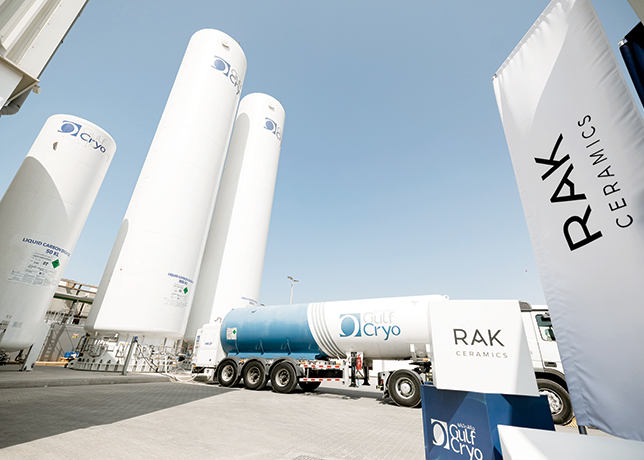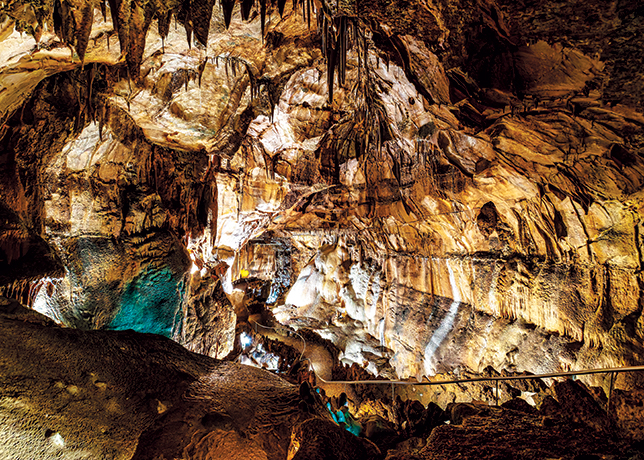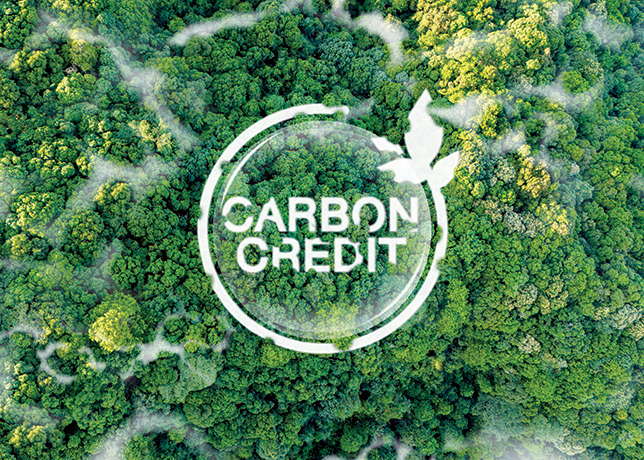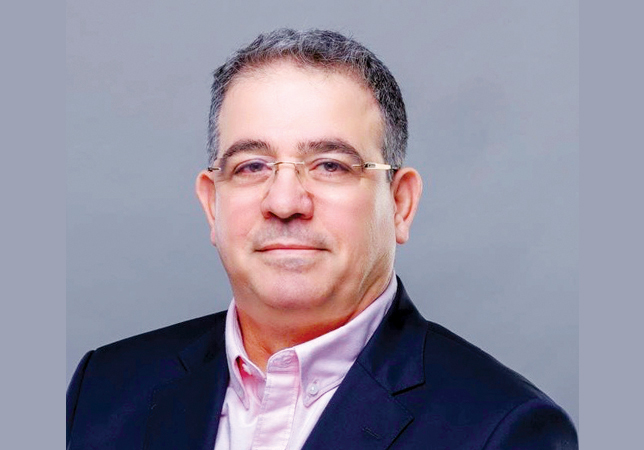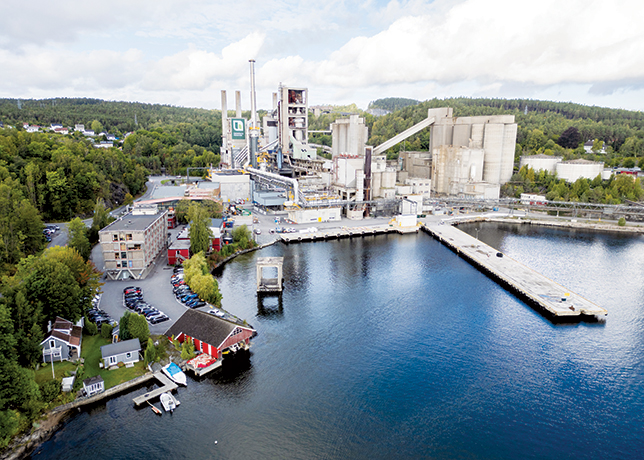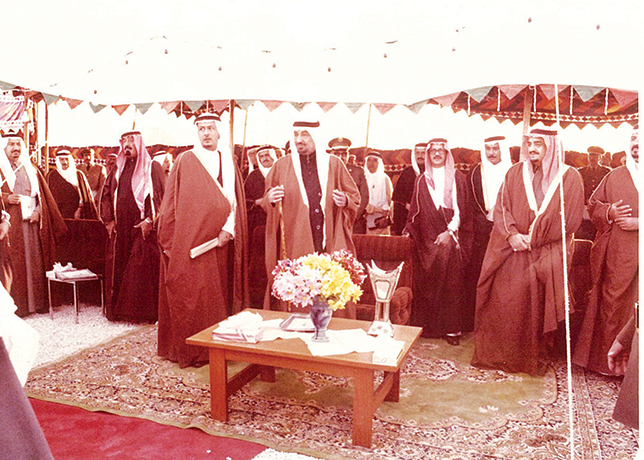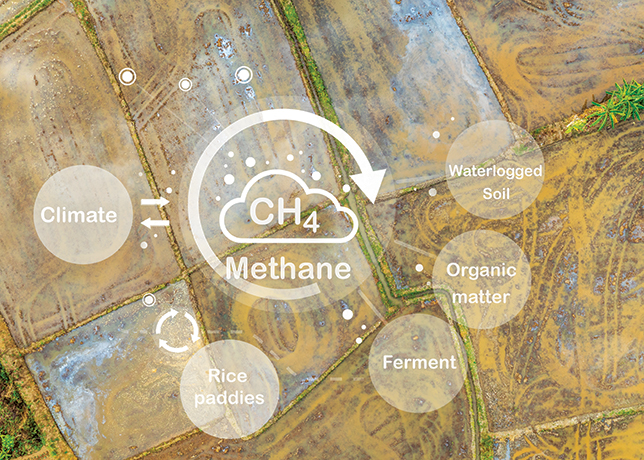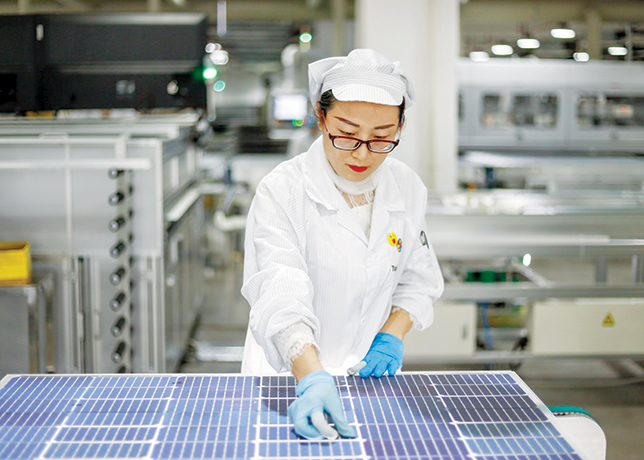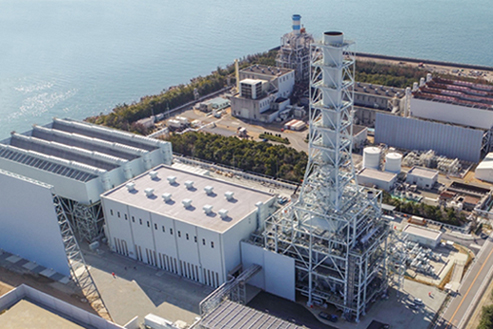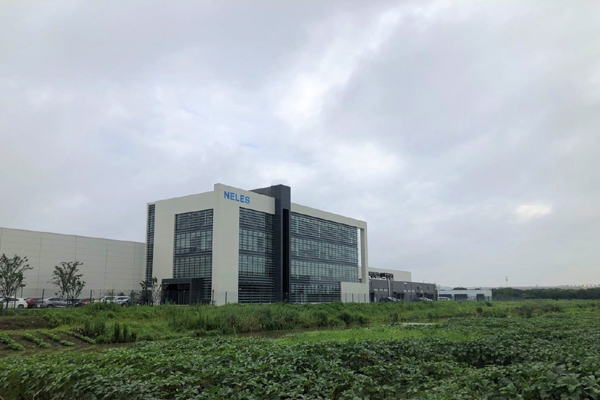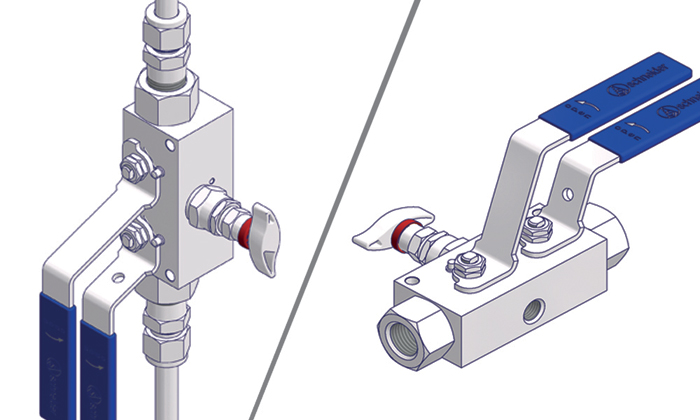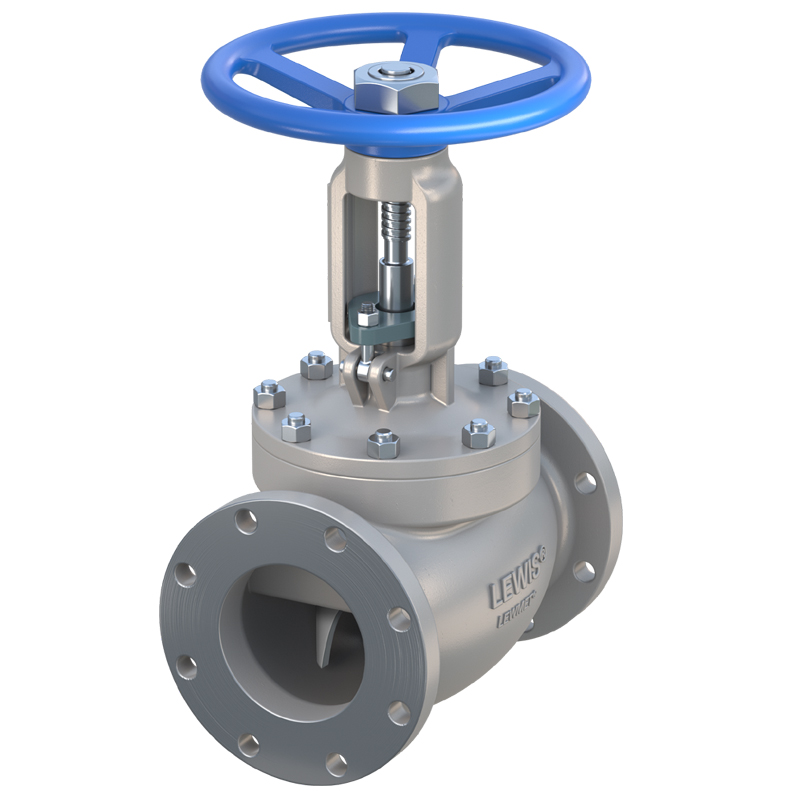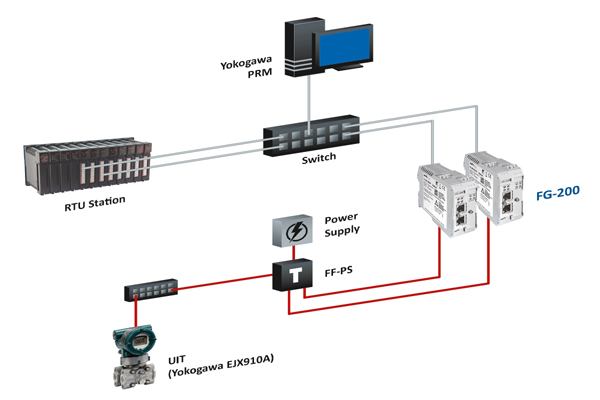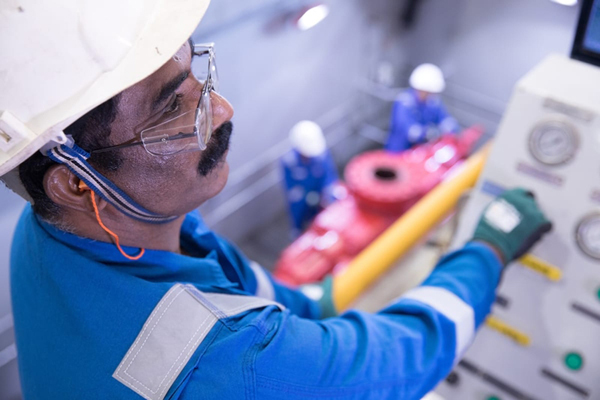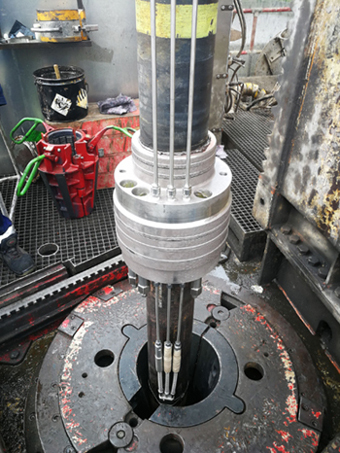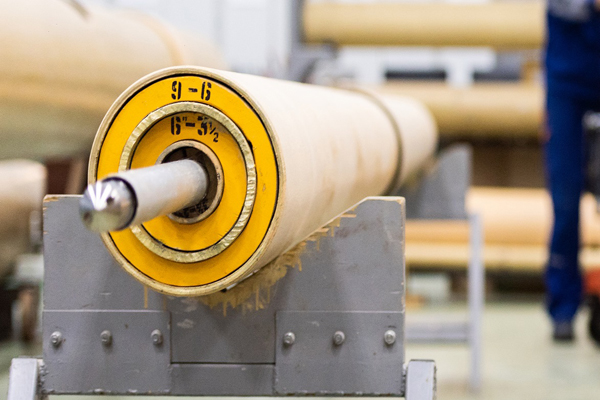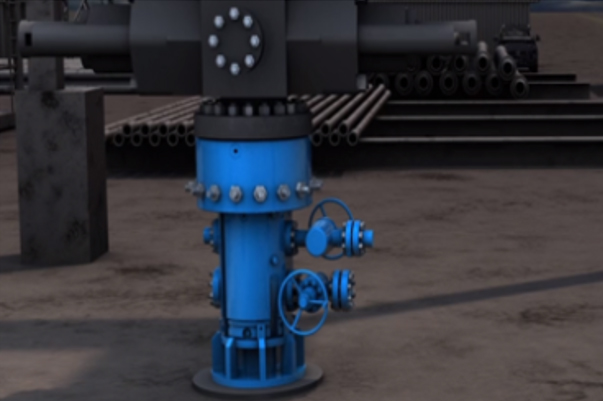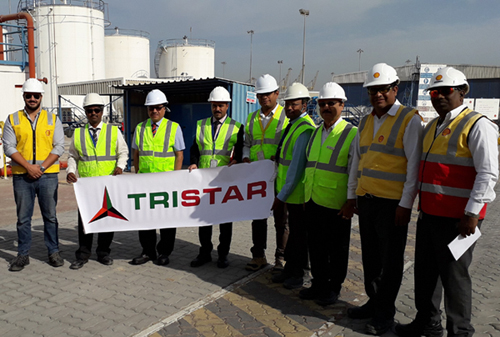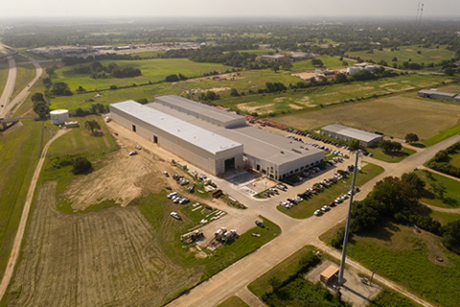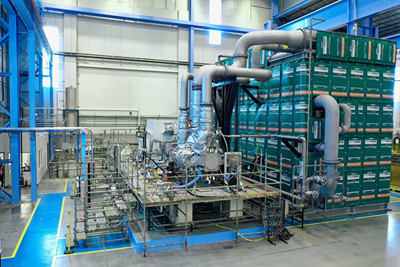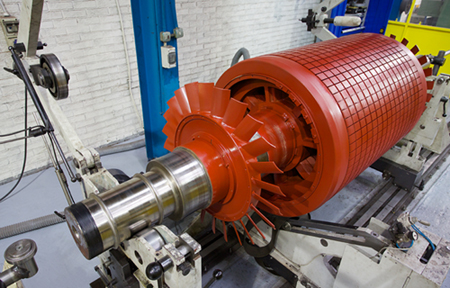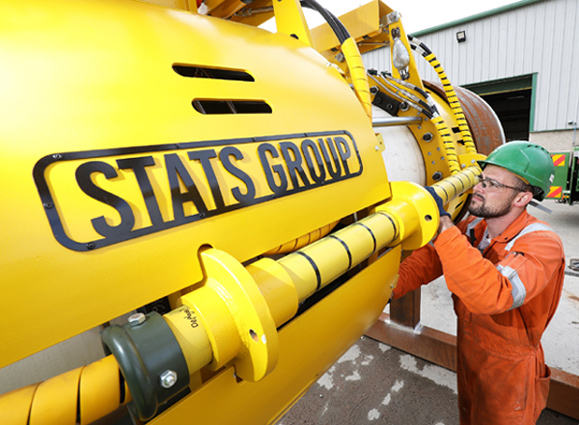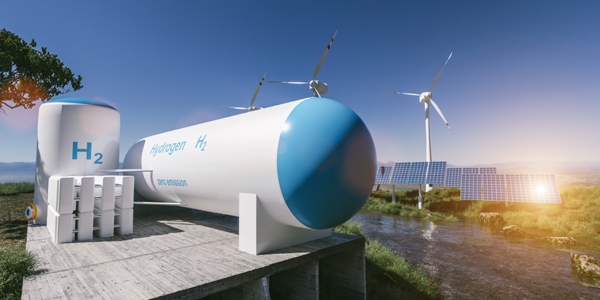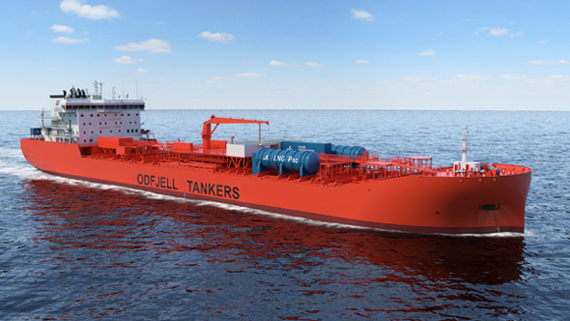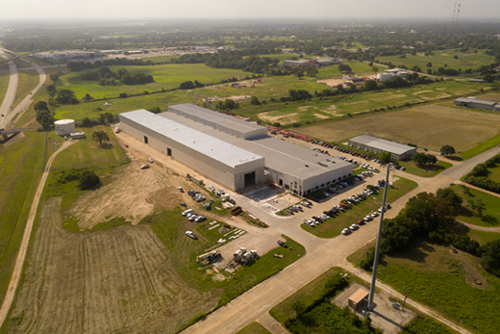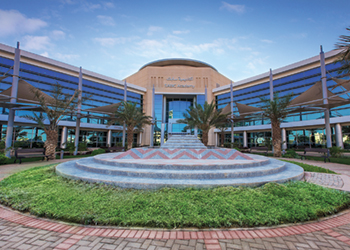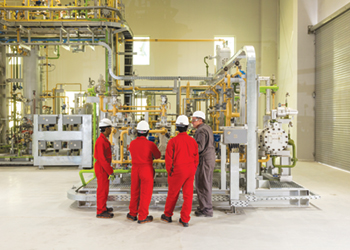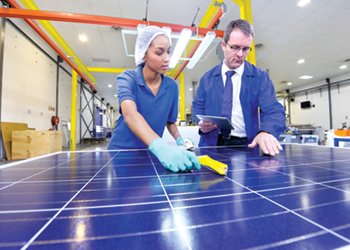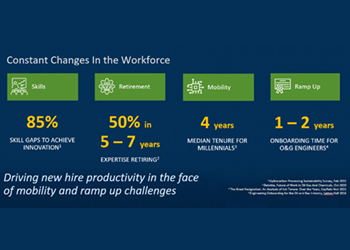
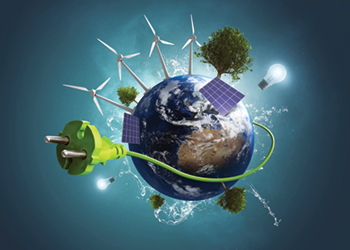 It is important to have a skilled workforce to avail the opportunities and facilitate transition
It is important to have a skilled workforce to avail the opportunities and facilitate transition
With renewable energy jobs on the rise, it is necessary to ensure there is a skilled workforce to avail the opportunities and facilitate the transition, says Chrysostomos Adamides, part of the Circular Economy Alliance team
The ‘green’ energy transformation megatrend has already had a significant impact on the labour market.
From 2018 to 2019 there was an estimated increase of half a million jobs in renewable energy worldwide, reaching a total of 11.5 million jobs, of which almost 40 per cent are in China.
Some ambitious projections indicate that jobs related to renewable energy could reach 80-100 million by 2050.
The data points indicate a rapid evolution of the industry. But while a potential increase in jobs is a positive development, it is necessary to ensure there is a skilled workforce to avail of the opportunities and facilitate the transition.
Closing the emerging skills gap and successfully timing the matching of the demand and supply of such skills by anticipating the labour market disruption and proactively introducing skills programmes will determine whether we can achieve a fair and inclusive transition.
In this respect, developing labour market intelligence is a pressing priority to enable accurate forecasting of future skills requirements and to support the alignment and synchronous advancement of all stakeholders’ interests.
The EU is exerting notable efforts such as the launch of the Knowledge Centre for Renewable Energy Jobs which aims to:
• Identify areas to upgrade skills to reduce the skill gaps and skill shortages in the renewable energy sector.
• Identify skills that are transferable from traditional sectors to the new renewable energy sectors.
• Develop training recommendations to reduce the knowledge and competence gap in the renewable energy sector.
Moreover, the Association of European Renewable Energy Research Centres (EUREC) developed the ‘living lab’ approach for sustainable energy education.
The living labs use innovative courses and enable learning through real-life experiences related to renewable energy; they aim to upgrade the competence of researchers and engineers for the energy transition and enhance the capacities of European universities.
Similarly, strengthening Technical and Vocational Education Training (TVET), which maintains a labour market orientation and encourages the partnership between education, training providers, and industry, is essential to closing the skills gap.
 |
Many energy companies are prioritising training and development of existing workforce |
In this sense, the Technology Upgrade and Skill Development Company in Pakistan aim to train electricians and other skilled workers in solar technology to undertake roles in the renewable energy sector.
This will also enable skilled technicians to set up workshops and service centres for solar equipment and operate their own businesses.
Additionally, Austria supported the development of the ‘Certified Solar Heating Installer and Planner’ and the ‘Solar Heating Practitioner’s courses to provide the skills needed for planning, assembly, and installation of solar thermal systems.
These courses target the upskilling of plumbers, roofers, engineers, and others.
Unbundling jobs into multiple tasks can help upskill workers with alternative methods and increase mobility from traditional sectors to renewable energy.
Furthermore, new capabilities available using big-data analytics and AI can revolutionise human capital management and optimise upskilling and reskilling programmes.
An example is the recent market analysis by SkyHive, which used AI to generate market intelligence on needed skills and emerging jobs.
This is used to guide the up-and-reskilling of employees wishing to shift to an emerging role and enable transfers within and across industries.
For example, following the identification of the transferable skills of a machine operator or a plumber, an upskilling programme could be formulated to develop the required skills needed to become a solar installer.
Considering that approximately seven out of ten jobs in the oil and gas industry overlap with the skills required in the renewable industry, high rates of worker mobility should be feasible.
The evolving energy industry requires an equivalent scale and pace of upskilling and reskilling to match the supply and demand for new skills that structural education cannot fulfil.
This gives rise to alternative credentials and methods of acquiring and signalling skills and competencies.
Often the alternative methods include targeted teaching suited for adult novices and full-time workers using blended learning (online and work-based) tailored to the interests and ambitions of the individual and the skill needs of the labour market and organisations.
The training aspects are inbuilt in the regular workflow, emphasising systematic, bite-sized experiential learning.
They offer the opportunity to absorb knowledge by practicing and developing new habits during regular work hours to reinforce the acquisition of new skills and ultimately change behaviour. The new workplace habits eventually become new norms, or ‘the way we do it here’.
A recent survey indicates that energy companies are already adapting to the transition with almost 65 per cent of them prioritising ‘training and development of existing workforce’ to fill the skills gap followed by 36 per cent ‘targeting transferrable skills from other industries’.
BRIDGING THE SKILLS GAP
To support the transition and bridge the skills gap, the Circular Economy Alliance (CEA) has developed an innovative e-learning certification to provide a solid foundation on circular concepts and to enhance the adoption of circular principles in problem-solving.
The short and practical training courses can be completed online by individuals, integrated horizontally across formal training and education curriculums targeting the future workforce, and across all upskilling and reskilling programmes to maximise the potential of the current workforce.
Therefore, CEA supports the development of an educated and competent workforce that can balance design-specific skills with wider transdisciplinary knowledge to provide circular solutions.
Our aim is to continue developing innovative products aligned with the needs of lifelong learning systems to enhance the continuous upskilling and reskilling of people and the organisational transformation of corporations.
We thereby support social cohesion and resilience while enhancing the people’s capacity to manage change and shape the future with proactive measures.






